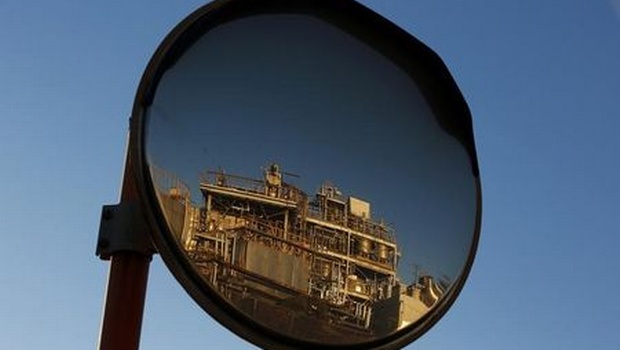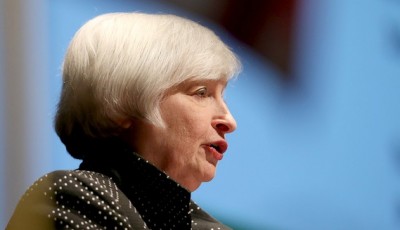Oil prices rise after dip in US crude production
Oil traded steady to higher on Tuesday, buoyed by gains on Wall Street that helped prices rebound after a tumble in the previous session, ahead of an industry report that’s expected to show if US crude stockpiles have fallen after weeks of gains.
In China, fiscal spending reportedly jumped 25.9 percent in August from a year ago as Beijing tries to re-energize flagging economic growth, but stock markets were unimpressed, with China’s major indexes down over 2 percent early on Tuesday. On Friday, Baker Hughes (BHI) reported a drop in active U.S. oil-drilling rigs for a second consecutive week, raising hopes that lower oil prices may have started to impact shale-oil producers.
Even so, market intelligence company Genscape said in an estimate Monday that crude inventories at Cushing, Oklahoma – the key US crude delivery point – fell 1.8 million barrels last week. Sanjeev Gupta, head of the Asia Pacific oil and gas practice at professional services firm EY said prices will remain volatile on concerns “over demand growth not being sufficient to absorb excess supply”. Energy Information Administration data shows U.S. crude and condensate production peaked at 9.612 million barrels per day in April and had declined by 316,000 bpd by June.
October West Texas Intermediate crude settled at $44 a barrel, down 63 cents, or 1.4%, on the New York Mercantile Exchange, marking its lowest settlement since Aug. 27.
In part due to oversupply and to defend market share, Kuwait set its October Official Selling Price for crude to Asia60 cents lower than September, at a discount of $1.95 per barrel versus Oman/Dubai levels.
Analysts are also keeping an eye on the Federal Reserve, which could on Thursday announce the first US interest rate hike in more than nine years. The U.S. Fed is considering raising U.S. interest rates for the first time since 2006, although economists are split in their expectations.
The Organization of Petroleum Exporting Countries (OPEC) crude production averaged 31.54 million barrels per day (mb/d), according to OPEC monthly oil market report released Monday. That has dragged down prices from over $100 a barrel last summer to less than half that today.
A lower U.S. interest rate could restrain the dollar, making dollar-denominated crude cheaper for holders of other currencies. Energy markets have been saturated by excess supply since last November when OPEC depressed prices with a strategic decision to keep its production ceiling above 30 million barrels per day.












